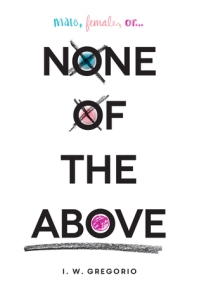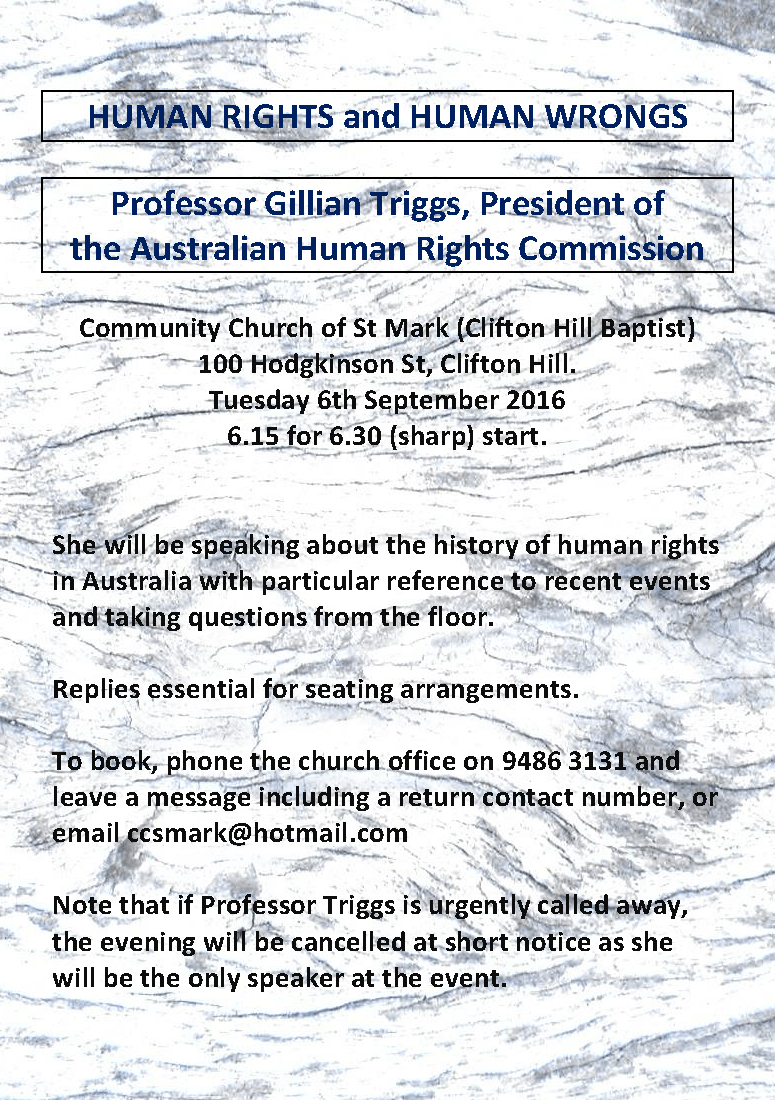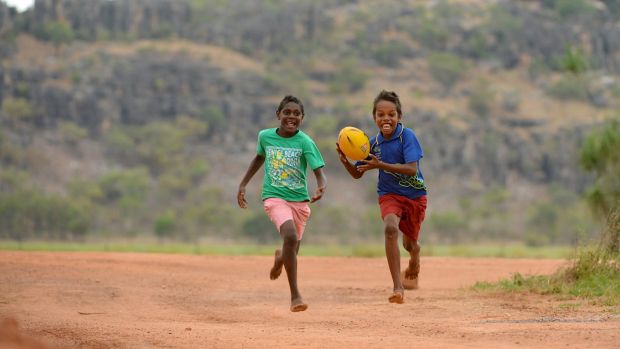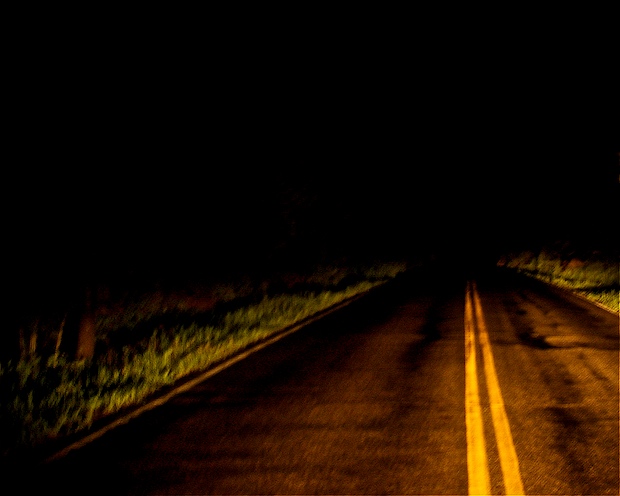 A guest post by Andie Hider
A guest post by Andie Hider
In June last year, I was invited to attend a conference held by the Australian Paediatric Endocrine Group at which was discussed the vexed issue of how to treat a group of infants born with a particular group of genetic conditions. Present at the conference were surgeons, endocrinologists, and other medical specialists from some of Australia’s leading children’s hospitals, representatives from support groups that support parents of infants, and people born with the conditions, as well as ethicists and the current and former Chief Justices of the Family Court of Australia.
Earlier last year, in March, I shared my story growing up with one of these conditions with my congregation. My best friend, a devoted Christian, and friend of hers, who is a Deacon with whom I had shared my story long before, were amongst those visiting our congregation on that day to give me moral support. Standing up and telling my story living with my genetic condition is something I am very used to doing, but standing up and telling my story to my own faith community made me very nervous and was the reason for the moral support present on that day.
By now you may be asking yourselves what could be so complex, so difficult to treat, about these particular genetic conditions that would warrant such a formidable gathering of medical and legal expertise? What could possibly be so awful in the medical suffering I faced that telling my story to my own faith community would need the moral support I had? The answer to both of those questions is there is nothing medical about these genetic conditions that demands that sort of attention and fear. No, the difficulty faced here in both situations is a social problem.
The genetic condition I was born with is called an Intersex condition and, without wanting to get into complex discussions about genetics and embryonic development, it quite simply means I was born biologically both male and female. There are thousands of people like me in Australia, millions across the world, and the conditions and the people born with them have been around since the dawn of God’s creation. The problem is that for thousands of years we have not understood the conditions, and then once we understood them we did our best to hide the people with them away.
Society has spent so much time neatly dividing God’s creation up into male and female that once we realised there were plants, animals, and people who did not fit into one of our categories we didn’t know what to do with them. Throughout history people with Intersex conditions have either been humiliated, put on public display as curiosities, or, in some cultures, given specific ‘elevated’ roles in society (most often as shaman or healers) that allowed them to be set apart from others. As a result of this history the medical profession has been forced into the position they make a ‘best guess’ about the gender a child with an Intersex condition should be raised.
Placing the medical profession in the position they must make a decision on behalf of a child who is not yet old enough to speak their mind about who they are is unfair. The reason for the gathering of medical and legal expertise at the Australian Paediatric Endocrine Group conference is because things have now come to a difficult place. A decision about gender of rearing is often reinforced medically and irreversibly and if it is wrong the later consequences for that child and their family are horrific. Medical professionals and support groups are then again left to work with the families to try to pick up the pieces of the resulting harm to that child. As a result of this, and because of law suits brought against hospitals and medical practitioners, the Family Court has had to become involved in protecting the rights of the children involved. Conspicuous by their absence at the conference to discuss such an important and vulnerable group were our Christian leaders and we need to ask ourselves why that is?
‘Male’ and ‘female’ are words, part of human language and our attempt to reduce God’s creation to a level we can understand in our human simplicity. Once God created Eve, regardless of how you personally believe that came to be, God gave us the gift of creating life. God also meant for the beauty of creation to be realised in all of God’s forms. Creating Eve from one of Adam’s ribs would also have meant that Eve, our greatest of mothers, had some male in her and was by medical definition Intersex. We live in a world of striking and wonderful creations of God where we marvel at the diversity of plant and animal life we are privileged to enjoy. We are not the masters of God’s creation, and nor are we some immutable caretakers of that creation; we are part of it.
The reason our Christian leaders were not part of the conference is because we are part of the problem, not the solution. There is a very public debate about the issue of ‘gay marriage’ going on at the moment, and central to the debate is the oft-cited statement ‘Marriage is between a man and a woman’. Apart from the artificial line we have created to try to reduce God’s creation to our level of understanding, there is no division between male and female. God saw to that when He created Eve from Adam. Male and female are attributes and we all have some mix of both and we all fit somewhere along a spectrum.
Every time a Christian leader or one of our politicians makes the statement about marriage being between a man and a woman they are reinforcing a statement that science and medicine has long understood to be untrue. Worse than that, every time we make a statement about male and female in that way we keep doctors and infants with Intersex conditions and their families trapped in a circle of shame, secrecy, and hurt. Every time we make a statement about male and female in that way we force the Family Court to have to intervene in the lives of families that have enough to cope with. Every time we make that statement we deny God’s wonder and the diversity of creation, and reduce it to something merely human and insignificant.
Worst of all, every time we make a statement that God created man and woman to reinforce the view there is some inviolate division between them, people with Intersex conditions or parents of infants with the conditions that need our support turn away from our churches and our faith because we turn them away. We, Christians, limit and deny God’s creation and turn other Christians away from our church by making them feel unwelcome and misunderstood. A friend of mine that helps run our support group and has the same condition I do is also a member of the Uniting Church. There will be other members of our church that either have the conditions or are parents of an infant or child with an Intersex condition. When was the last time that one of them spoke to anyone reading this about the trials they are facing because God created them in a way that we, as human beings, are unable to accept because it would mean admitting that we cannot define God’s creation in human terms?
We as Christians should be at the forefront of helping understand God’s creation in all of its wonderful diversity. We should not be adding to the discomfort and shame and misunderstanding of people born with Intersex conditions by taking a hard, and incorrect, stance about God’s creation in our over-enthusiasm to define something that cannot be defined by us, but only by God. Our leadership should be part of the discussion about supporting infants with Intersex conditions and their parents, not excluding us because we add to the problem. We are challenged as Christians to welcome all who believe in Christ as our savior into our Christian family, and to understand, accept, and love them. We cannot do these things if we refuse to acknowledge some people even exist because they are the living proof our binary construct of male and female is wrong. It should not be that hard for us because we have grappled with the concept of a triune God since the beginnings of our faith.
 A guest post by Andie Hider
A guest post by Andie Hider


